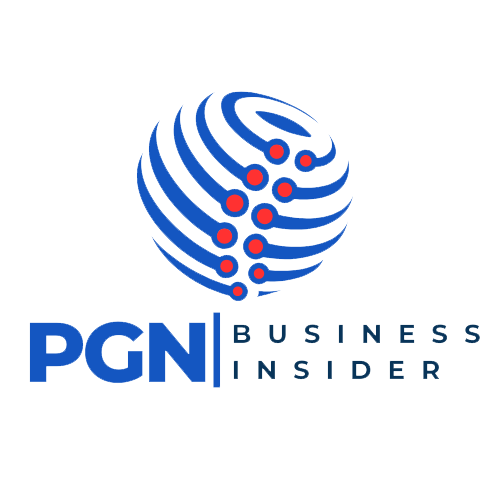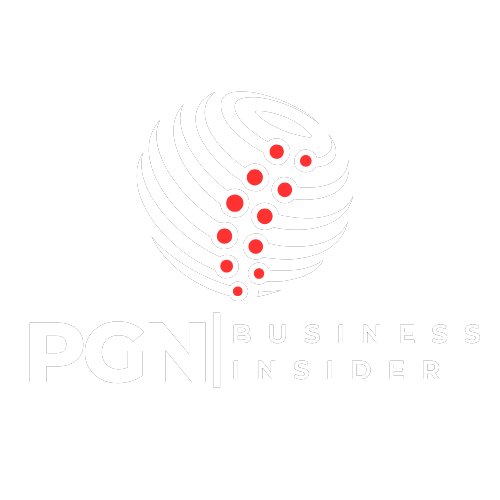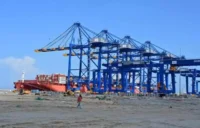Meta has announced Project Waterworth, its plan to build a global subsea cable system spanning 50,000 km. This globe-spanning project will link key regions across five continents and support the growing demands of AI and digital connectivity using 24 fiber-pair cable. In this article, you will learn about the technical details, strategic benefits, and challenges of this multi-billion-dollar, multi-year investment.
What Is Project Waterworth?
Project Waterworth is Meta’s newest effort to upgrade digital infrastructure. The cable system will use a 24 fiber-pair design. This design supports higher data transfer speeds compared to standard 8–16 fiber pairs. Key technical details include:
- Length: 50,000 km of cable
- Depth: Laid in waters up to 7,000 m deep
- Technology: Uses advanced routing and burial techniques in areas prone to damage (for example, shallow coastal zones)
These features help the cable operate with greater capacity and reliability.
Why It Matters
Subsea cables carry more than 95% of global internet traffic. With this project, Meta aims to support its AI applications and digital platforms while reducing its reliance on third-party infrastructure. Here are some benefits for you and other users:
- Improved Connectivity: Faster, more stable data transfer can lead to better online experiences.
- Support for Digital Inclusion: Regions with emerging digital economies, such as India and South Africa, may receive better access.
- Economic Cooperation: Enhanced infrastructure can foster business and innovation across borders.

Key Regions and Connectivity
Project Waterworth will connect several strategic regions, including:
- United States: Linking both the east and west coasts.
- India: Supporting the nation’s expanding digital economy.
- South Africa and Brazil: Enhancing connectivity in emerging markets.
- Additional Regions: The project will touch other key areas on five continents.
This extensive network aims to boost the data capacity for Meta’s services and help power AI-driven tools.
Technical and Strategic Features
Meta’s approach in Project Waterworth includes several important features:
- 24 Fiber-Pair System: This configuration provides higher data throughput compared to traditional cables.
- Deep-Water Routing: Laying the cable up to 7,000 m deep protects it from many surface hazards.
- Enhanced Burial Techniques: In shallow areas, the cable will be buried to lower the risk of damage from ship anchors and environmental hazards.
- New Oceanic Corridors: The plan involves opening three separate corridors to improve route diversity and reduce risk from geopolitical tensions.
These steps help protect the infrastructure while supporting the growing global demand for fast and reliable internet.

Investment and Timeline
The project is a multi-billion-dollar initiative, with some reports estimating costs that may exceed US $10 billion. It will take several years to complete. Although Meta has experience from over 20 subsea cable projects, Project Waterworth is unique in that it will be fully owned and operated by Meta. This means the company can manage traffic to its own services without relying on external telecom providers.
Challenges Ahead
Despite its promising benefits, Project Waterworth faces challenges:
- Resource Constraints: There is a tight availability of cable-laying vessels, which can delay deployment.
- Geopolitical Risks: Even with careful routing, there is always a risk of disruption in areas with high political tension.
- Long-Term Planning: The multi-year timeline means that changes in technology and market conditions could affect the project over time.
Addressing these challenges will be key to the project’s long-term success.
What This Means for You
For everyday users, the benefits of Project Waterworth may include faster streaming, more reliable online communication, and improved access to AI-powered services. For businesses and governments, the project could mean a boost in economic cooperation and better support for digital transformation initiatives.
Expert Insights
Meta’s network executives, including Gaya Nagarajan and Alex-Handrah Aimé, have highlighted that the project will support emerging technologies by offering higher capacity and resilience. Industry experts note that owning this kind of infrastructure could give Meta a competitive advantage by reducing dependence on traditional telecom companies.
In Summary
Meta’s Project Waterworth aims to build a 50,000 km global subsea cable system that connects key regions across five continents. The project uses a high-capacity 24 fiber-pair system, deep-water routing, and advanced burial methods to protect against hazards. With a significant multi-billion-dollar investment, Meta plans to boost digital connectivity and support its AI projects, offering benefits to users and businesses alike while facing challenges related to resource availability and geopolitical risks.
We invite you to share your thoughts on this ambitious project and discuss how it might impact your online experience and the future of digital infrastructure.
Meta’s Project Waterworth stands as a bold step toward strengthening global connectivity, reflecting the growing role of tech companies in shaping digital infrastructure for the future.









